Found in the Emilia-Romagna region of northern Italy, Bologna has traditionally been overshadowed by the likes of Florence and Venice. But this charming city deserves a spot on any Italy itinerary, as it’s overflowing with intriguing history, delicious cuisine, and spectacular sights.
Of course, if you do visit, you’ll want to do a little reading beforehand to find out why visitors consistently rave about this beautiful Italian city. Our Bologna itinerary will give you a good idea of what to expect. Most importantly, you’ll know all the best things to do in Bologna for a trip full of great sightseeing and eating.
Best Time to Visit Bologna
To have a fun and memorable two days in Bologna, you have to consider the best time of year to visit. Weather and crowds can have a huge impact on your enjoyment of the city. In July and August, the city struggles under sweltering heat and humidity and is packed with tourists. August is an especially poor time to visit, as that’s when most locals leave on holiday.
The best time to visit Bologna is generally April, May, or October. Spring and autumn usually offer pleasant weather, which makes sightseeing more comfortable – and attracts its fair share of tourists, but nothing compared to the levels in places like Florence. On the fringe of the high season, June and September are also worth considering, as they still offer quite nice weather, though prices tend to be higher than normal.
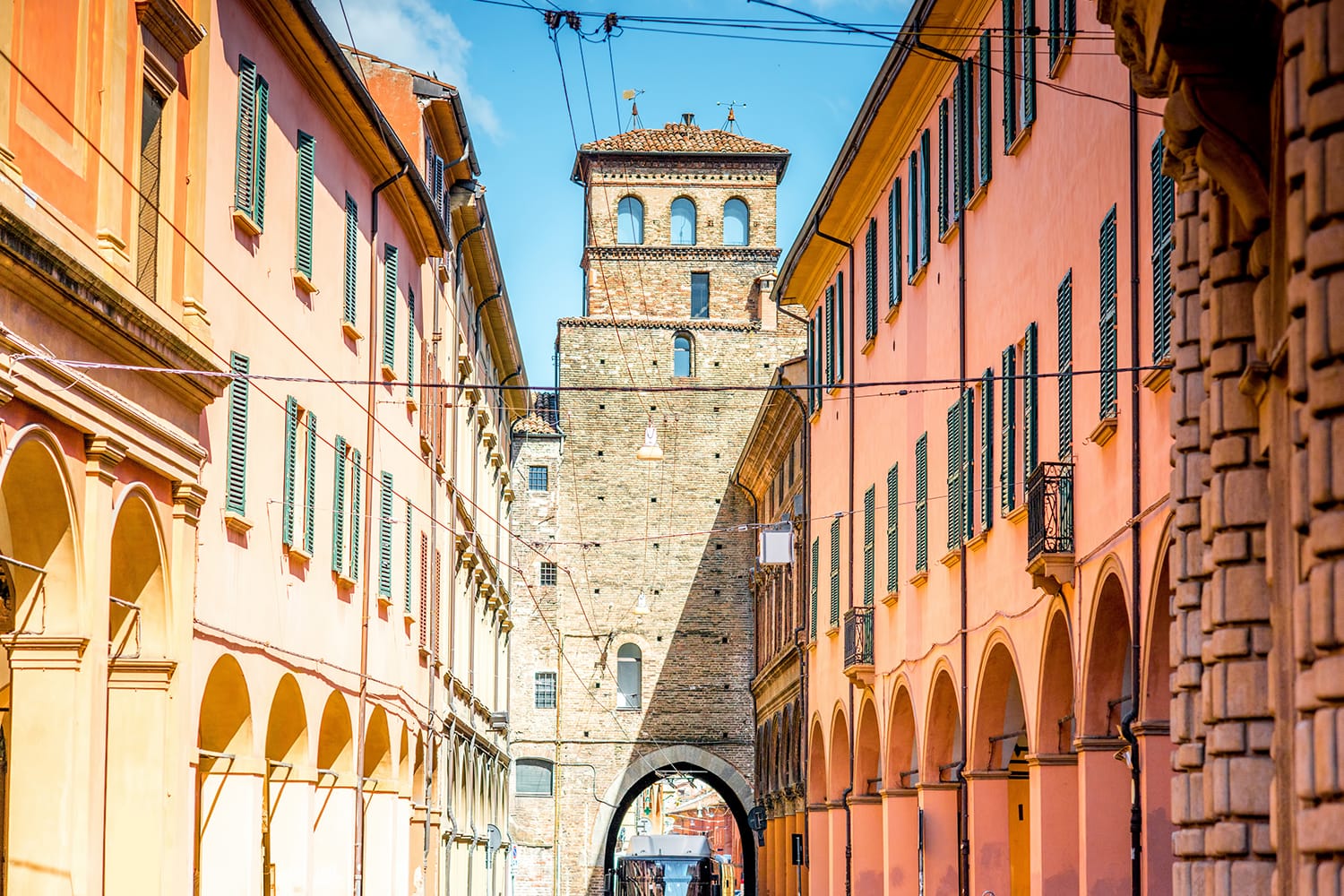
How to Get Around Bologna
Bologna may not look very big on a map, but when you’re walking through the historic center, it might feel much larger and denser than you imagined. Even so, to see the best of Bologna, you’ll want to get around the city on foot. Walking allows you to appreciate the atmosphere of this ancient place, taking in the many details that speak to its long history. Also, many of the main sights are close together and in pedestrian areas, which makes other modes of transport irrelevant.
Of course, you still might find public transport useful at times while visiting Bologna. For example, you certainly won’t want to drag all your luggage to and from the main train station on foot. You can buy bus tickets at the major transit hubs and on board. The cheapest fare is for a 75-minute trip, with the ticket costing €1.30 (about $1.40) in advance or €1.50 on board.
Bologna Guglielmo Marconi Airport is 6 kilometers (about 3.7 miles) from the city center. You could take a taxi to the city center, but the Aerobus is more affordable, costing €6 one way. Buses leave from the airport every 11 minutes for the city center and main train station.
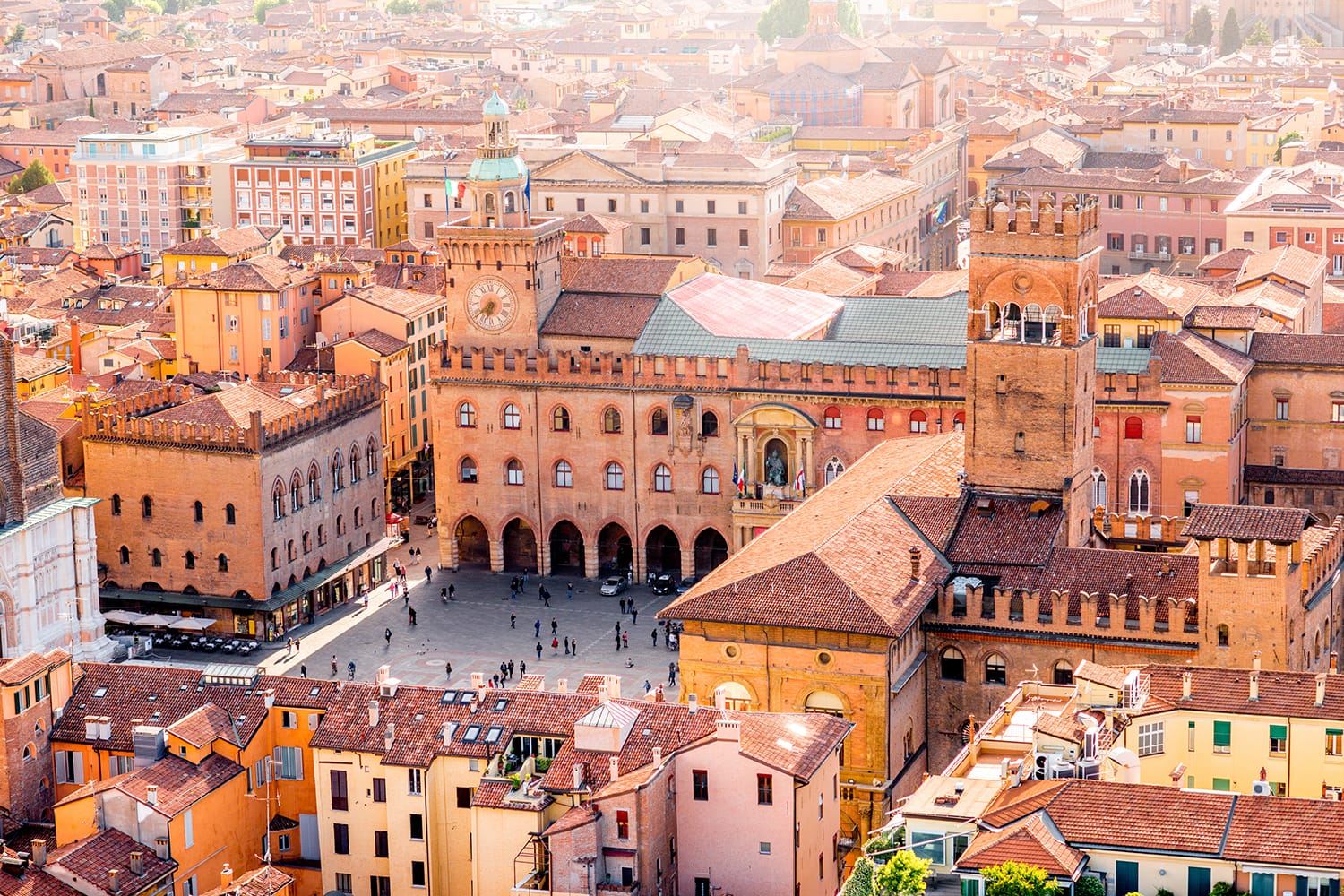
Where to Stay in Bologna
To make the most of your time in the city, give some thought to where to stay in Bologna. The right accommodation in the right location can make your visit much more enjoyable. Essentially, the best places to stay in Bologna keep you close to attractions and restaurants, most of which are in the historic city center.
For a truly luxurious experience, there’s no better choice than the Grand Hotel Majestic già Baglioni. This incredible five-star hotel is set inside an 18th-century palace in the heart of the city, and the decor will make you feel like royalty.
If you’re looking for a place that feels more like home, consider Le Stanze del Carro. This bed-and-breakfast puts you in a historic building right in the city center. It also offers a cozy feel, helpful staff, and a great breakfast to look forward to each morning.
If you want to save some money (or simply enjoy the hostel scene), Dopa Hostel is the place for you. With dorms and private rooms, this hostel’s cool design, friendly atmosphere, and community meals make it a great place to stay in Bologna.
Of course, you could also find affordable and comfortable places on Airbnb. You can often rent fully equipped apartments with cooking facilities, truly making you feel like you have a home base.
For more accommodation options in Bologna, check out Booking.com. This site consistently offers the best rates, and its customer service is on point.
The Perfect 2-Day Bologna Itinerary
With just 48 hours in Bologna, it’s best to rely on an itinerary that shows you exactly where to go. That way, you’ll feel confident that you’ve experienced the best places to visit in Bologna when it’s time to leave.
Following our Bologna travel itinerary, you’ll start with the many historic gems in the heart of the city. Then you’ll slowly venture farther out until you’re standing at the Sanctuary of the Madonna of San Luca, viewing Bologna from above.
However, before we get to our Bologna itinerary, we just wanted to remind you to purchase travel insurance. You never know what will happen and, trust us, you do not want to get stuck with thousands of dollars in medical bills. As a wise man once said, “If you can’t afford travel insurance, you can’t afford to travel.” So don’t leave home without it.
SafetyWing offers travel insurance for only about $10 a week, making it a no-brainer to get. You can get a quick, non-binding quote below:

SafetyWing is, of course, not the only option available. Two other popular alternatives are World Nomads and Heymondo.
Now that you’re covered for your trip, we can let you in on what to do in Bologna in two days. There’s no time to lose!
Bologna Itinerary: Day 1
There’s no sense starting your weekend in Bologna anywhere but the historic city center. This is where you’ll find many of Bologna’s most impressive and meaningful landmarks.
Recommendation: To get off the usual tourist trail and learn more about the history of Bologna, book this private tour with a local. The guides are super knowledgeable about their city and let you customize the tour to your own pace.
Piazza Maggiore
To start your visit, head for the city’s central square, Piazza Maggiore. As a bonus, you’ll pass first through Piazza del Nettuno, where the expressive Fountain of Neptune will instantly catch your eye. This statue of the Roman god is a treasured icon of Bologna.
When you reach Piazza Maggiore, you’ll find a collection of medieval palaces, from the 13th-century Palazzo Re Enzo to the city hall complex of Palazzo d’Accursio. Their impressive exteriors give the square quite a bit of character, but their real charm is their exquisite interiors. Another sight you have to experience here is Biblioteca Salaborsa, a modern library in the former stock exchange building, which features an interesting mesh of design styles and a floor that lets you see through it to ancient city remains.
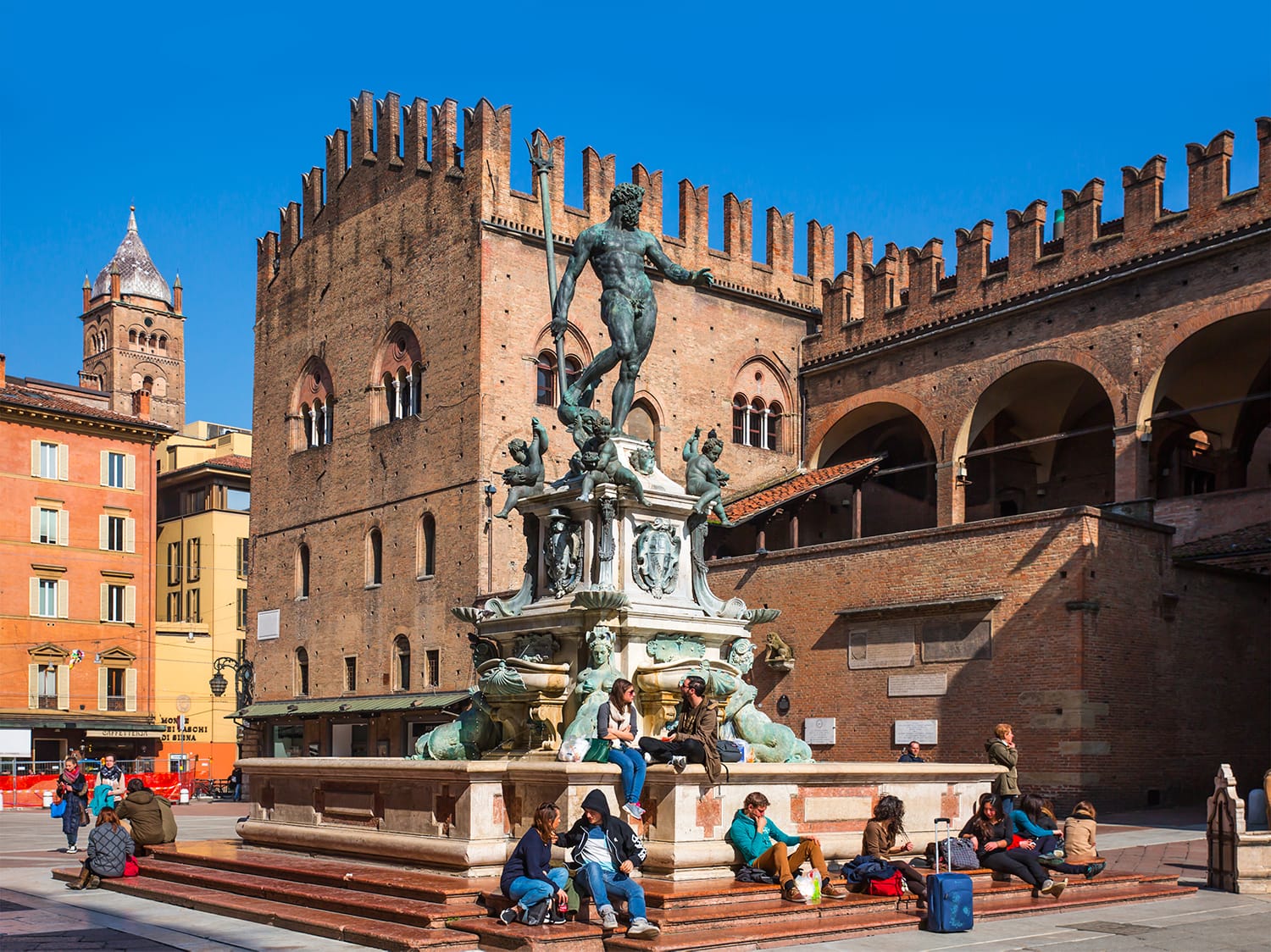
Basilica of San Petronio
Another major landmark in Piazza Maggiore is the grand Basilica of San Petronio. With its immense size and curious unfinished facade, you can’t miss this important 14th-century house of worship.
A lower portion of the church’s front is covered in ornate marble, while the rest is simple brick. Once you go inside, though, you’ll see beautiful chapels decorated in various styles. A less likely sight is the marker of where a meridian line was built in, helping astronomer Giovanni Domenico Cassini take measurements and calculate the timing of events such as the equinox and solstice.
Once you’ve seen the interior, head around the rear of the building to the church tower. After taking an elevator to the top, you’ll be treated to unobstructed panoramic views of the city – and a perfect spot to take pictures.
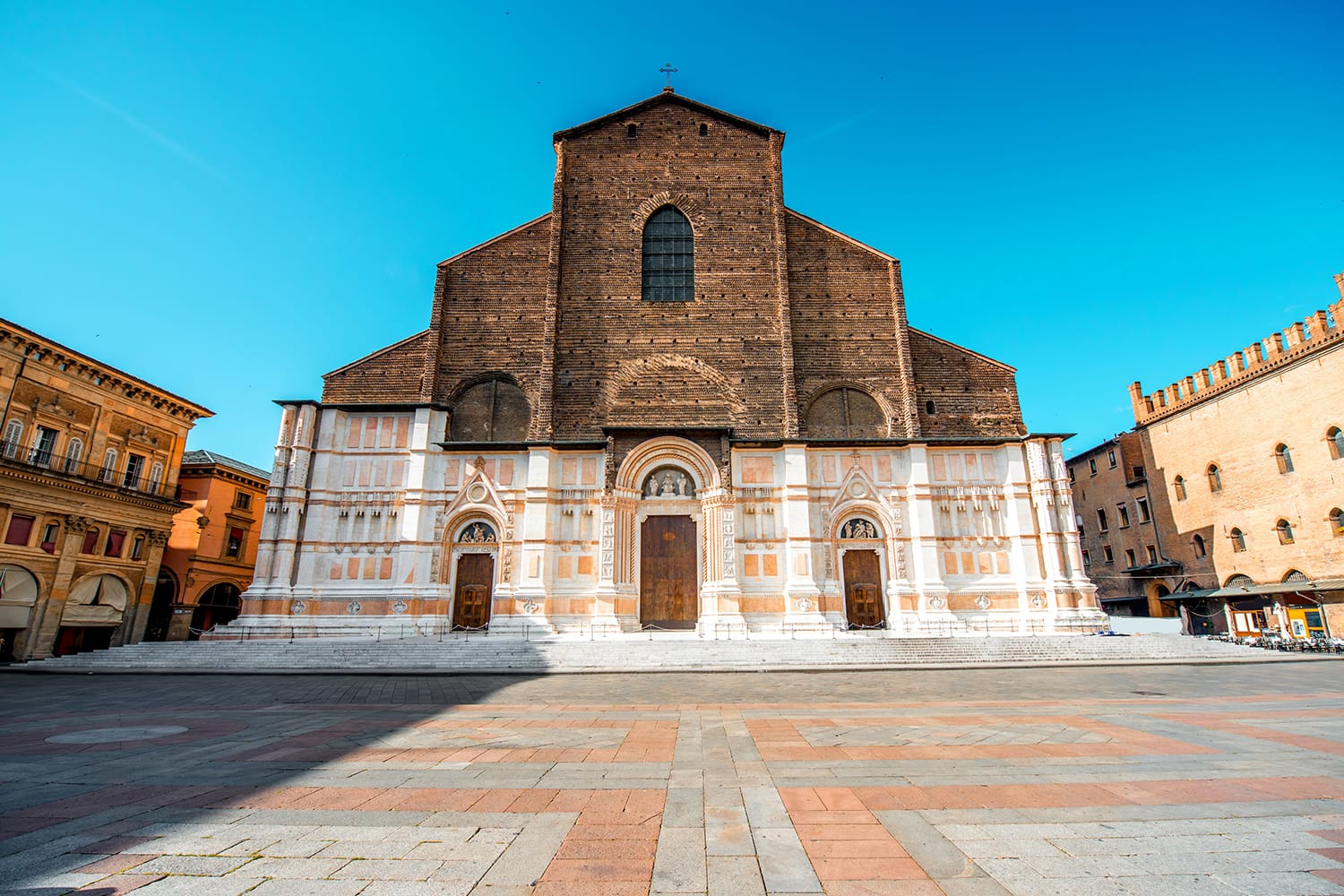
Quadrilatero
Down narrow alleys just off Piazza Maggiore, you’ll find the historic Quadrilatero district. This neighborhood full of porticos, palaces, and towers is one of the oldest parts of Bologna. In fact, it’s where the city’s many trades and guilds were based in the Middle Ages. Essentially a sprawling marketplace, the Quadrilatero serves the same purpose today.
The shops here offer traditional foods and ingredients, including pasta, meat, and cheese. If you want to cook an authentic Italian meal during your stay, this is where you should pick up ingredients.
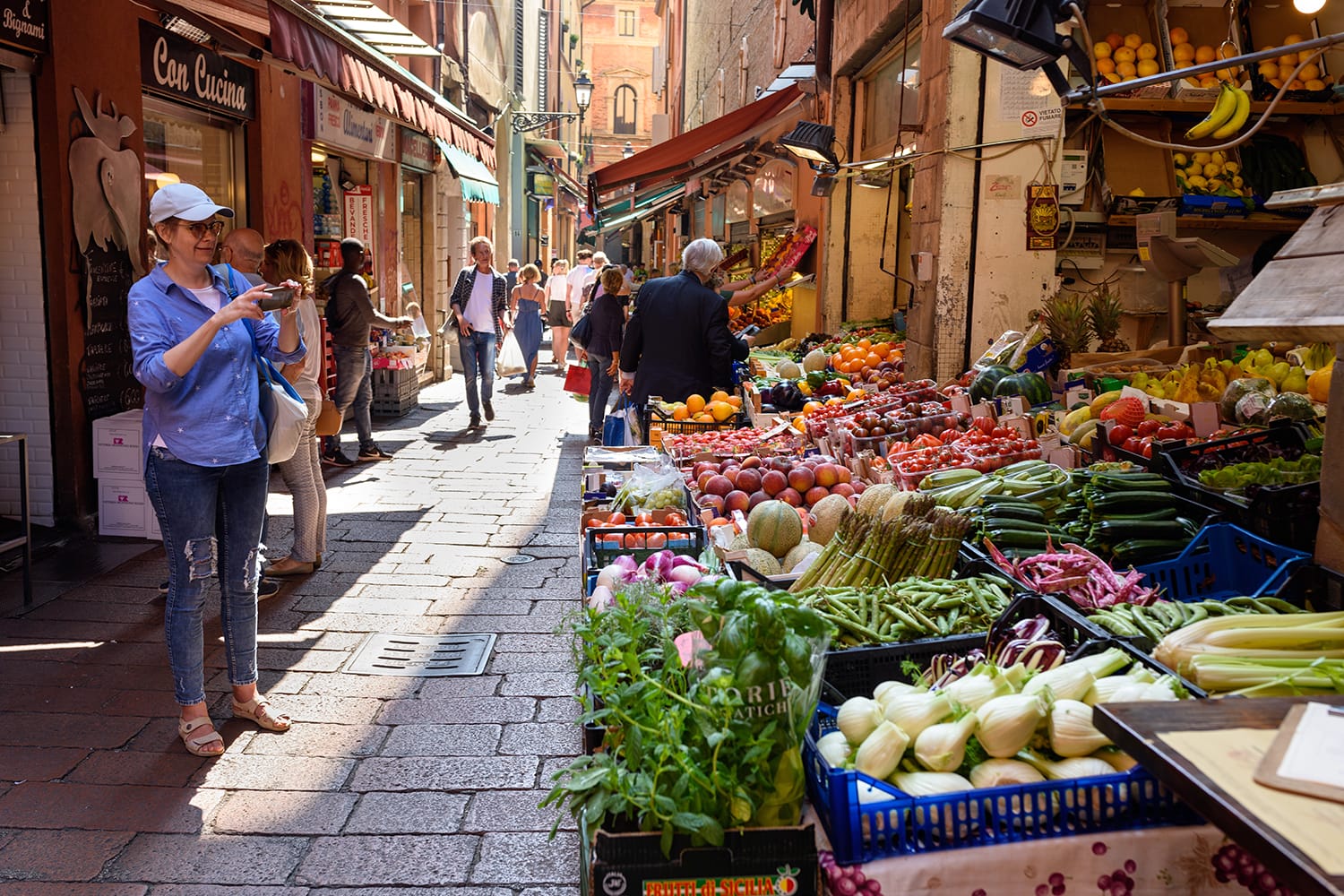
Two Towers
One of the main things Bologna was known for in the past was its many towers. Nicknamed “La Turrita,” medieval Bologna had 200 towers across its skyline at one point, thanks to competitive nobles looking to show off their wealth. Only around 20 are left, with two main standouts – the Garisenda Tower and the Asinelli Tower. Known as the “Two Towers,” these structures from the 12th century have become symbols of Bologna.
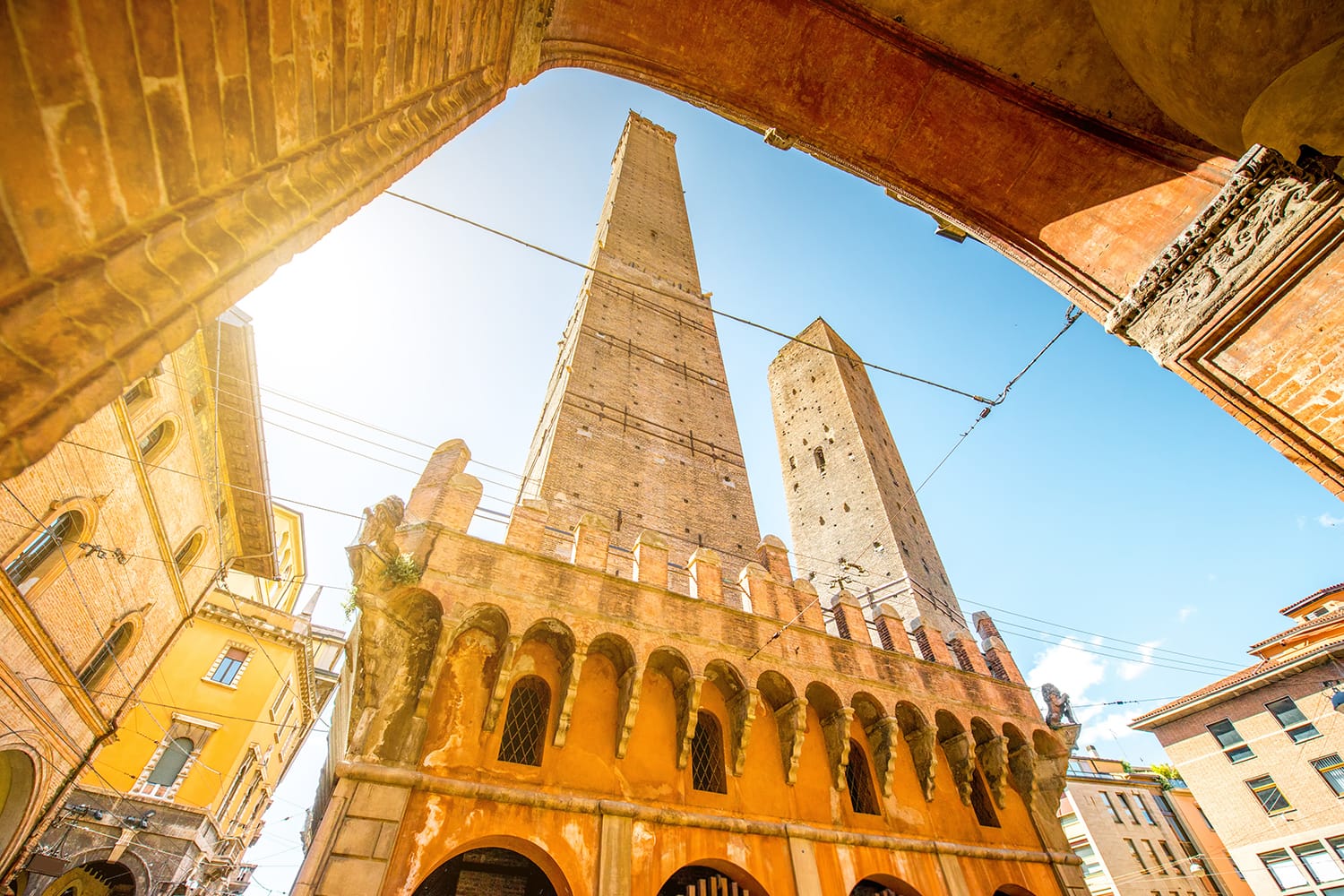
Although they were originally built as status symbols, the towers have served as fortifications, guild houses, and many other roles over the years. Despite their concerning lean, the towers are quite safe. You can even climb the 496 steps to the top of the Asinelli Tower.
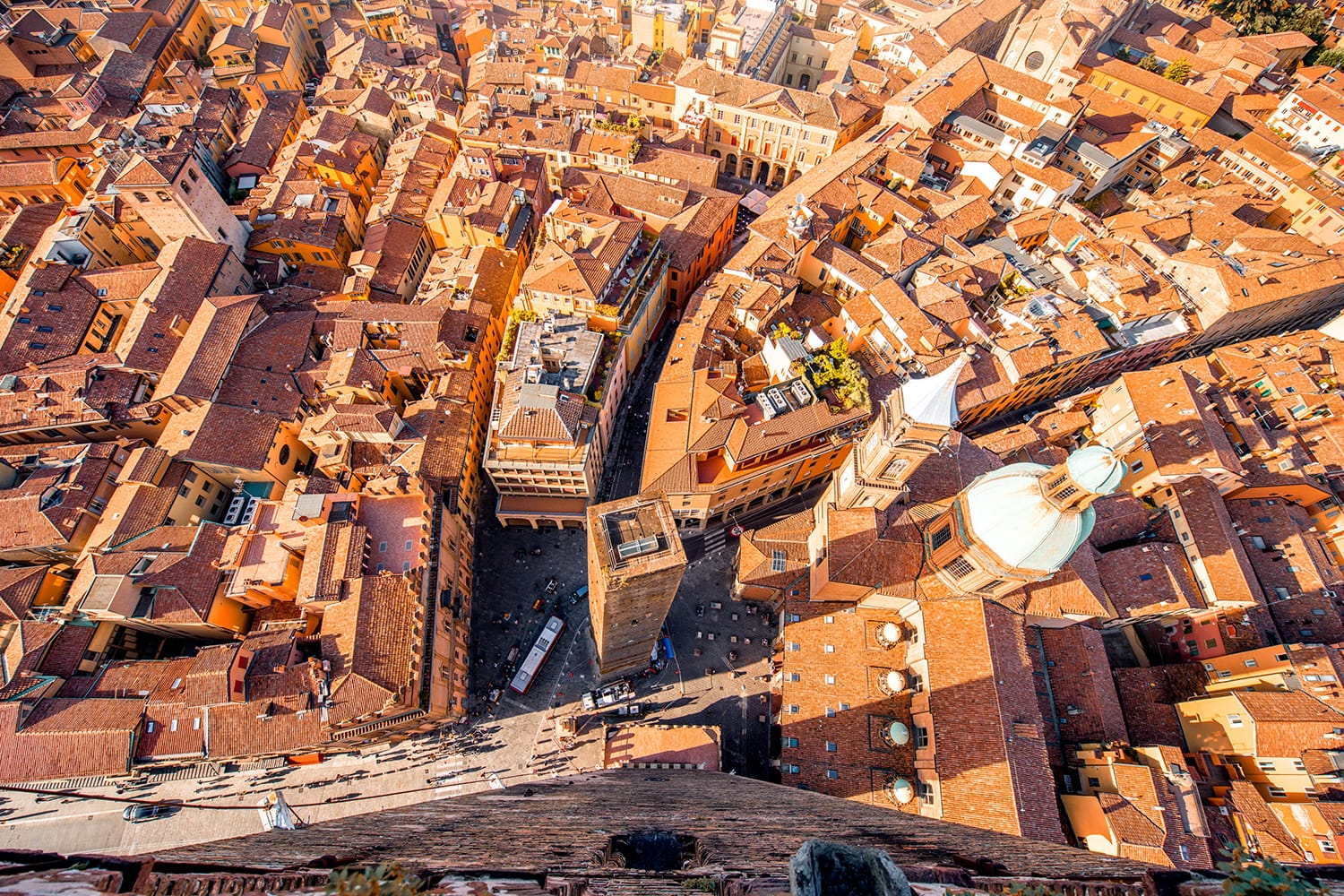
Via Rizzoli
One of Bologna’s defining features is the long arcades lining either side of many streets, created by historic porticos. While you can find these porticos on many streets in the historic city center, Via Rizzoli is one of the best examples. Walking under the cover of the porticos, you have a long pedestrian boulevard in front of you and plenty of window shopping to enjoy, not to mention some ideal photo opportunities.
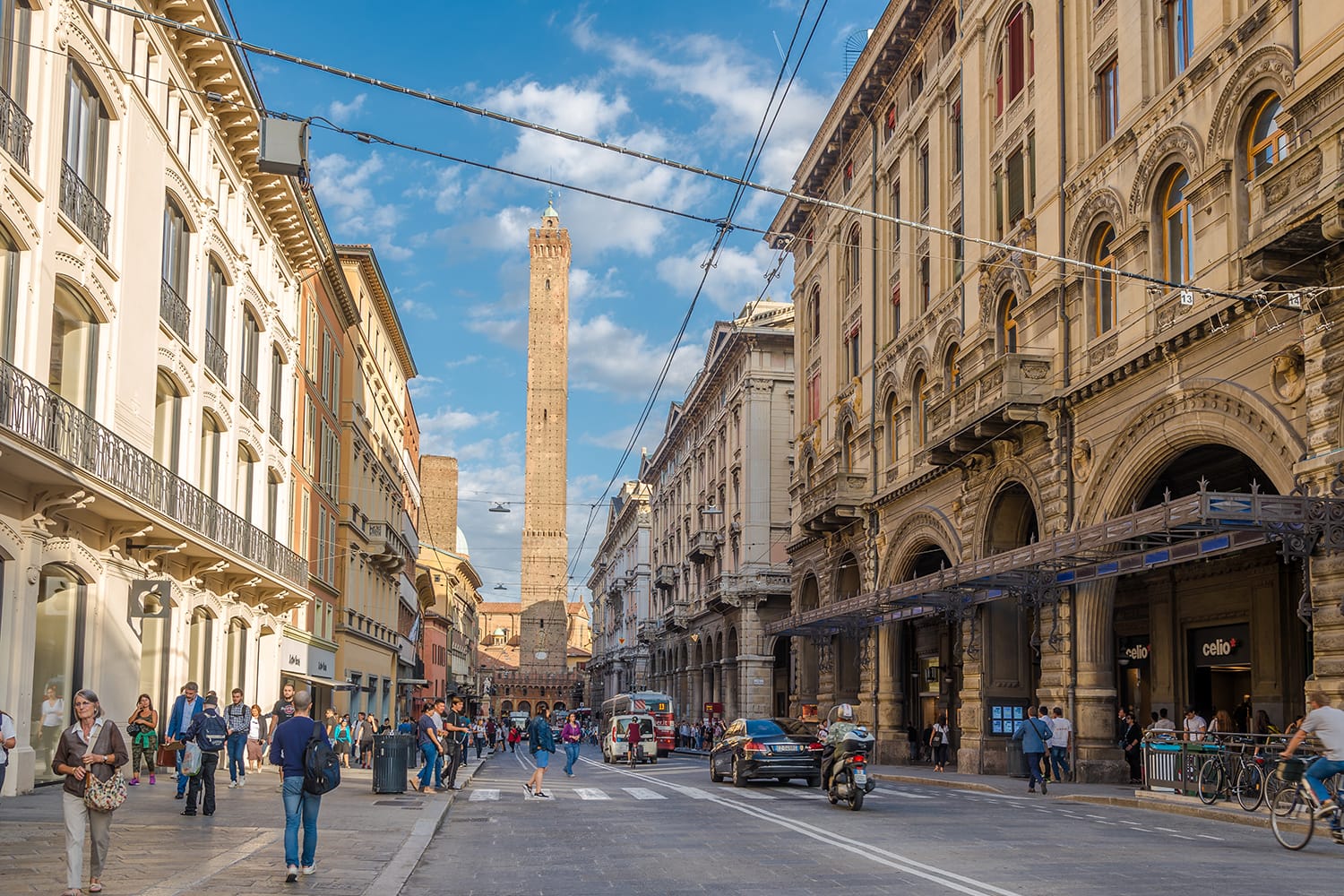
Basilica of Santo Stefano
While you’ll see many churches in Bologna, one of the more unusual religious sites is the complex around the Basilica of Santo Stefano. This was once a collection of seven interlocking churches, with only four surviving today.
You’ll see an interesting jumble of buildings here, thanks to the different periods in which each church was built. Enter through the Church of the Holy Crucifix to see all four remaining churches, along with various tombs, artifacts, and even bones.
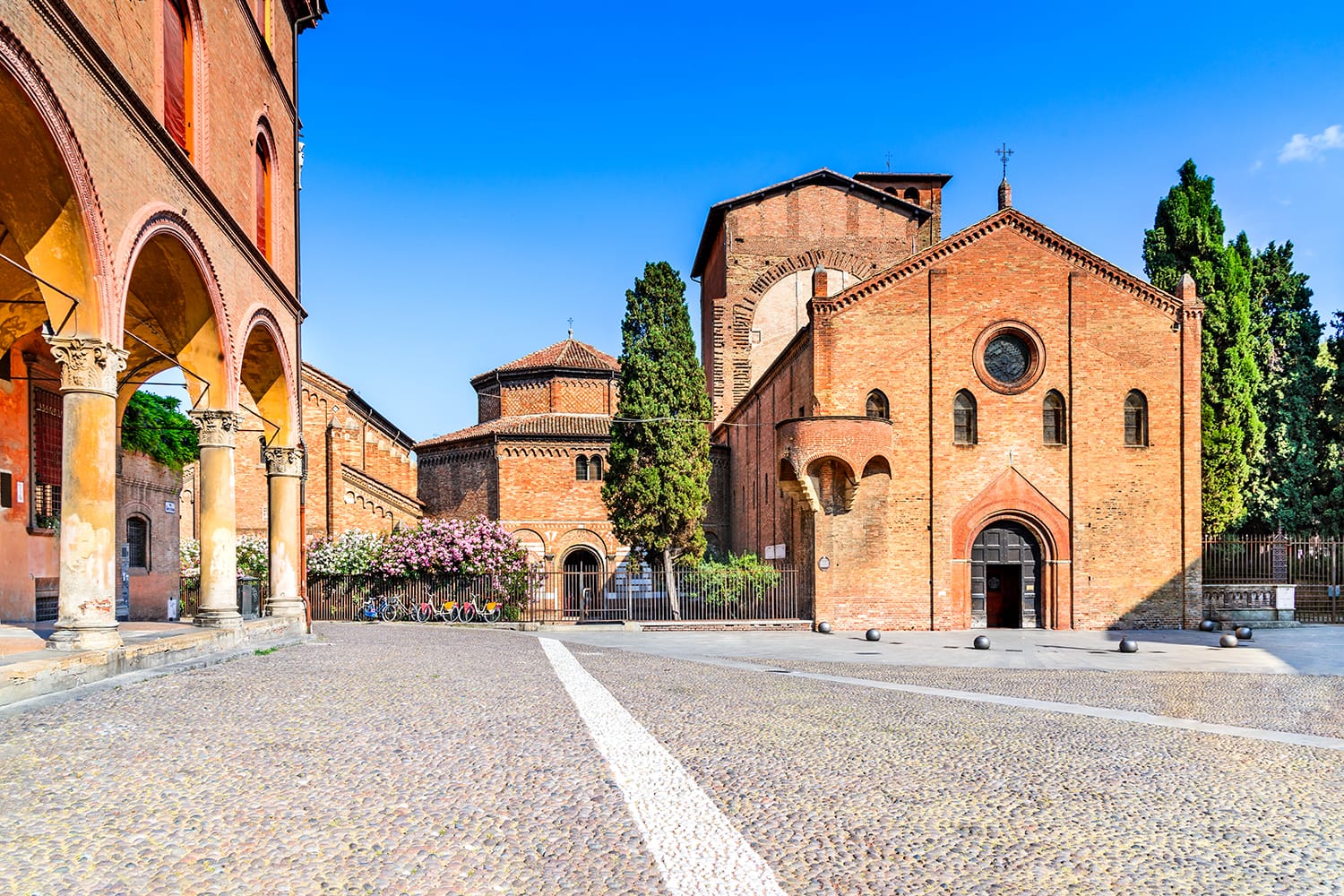
Archiginnasio
Bologna’s biggest claim to fame is being home to the oldest university in Europe and one of the oldest in the world. Of the entire University Quarter, the best site linked to this history is the Archiginnasioof Bologna. The University of Bologna has been around since 1088, but Pope Pius IV ordered this palace in the 16th century as a way to consolidate the school.
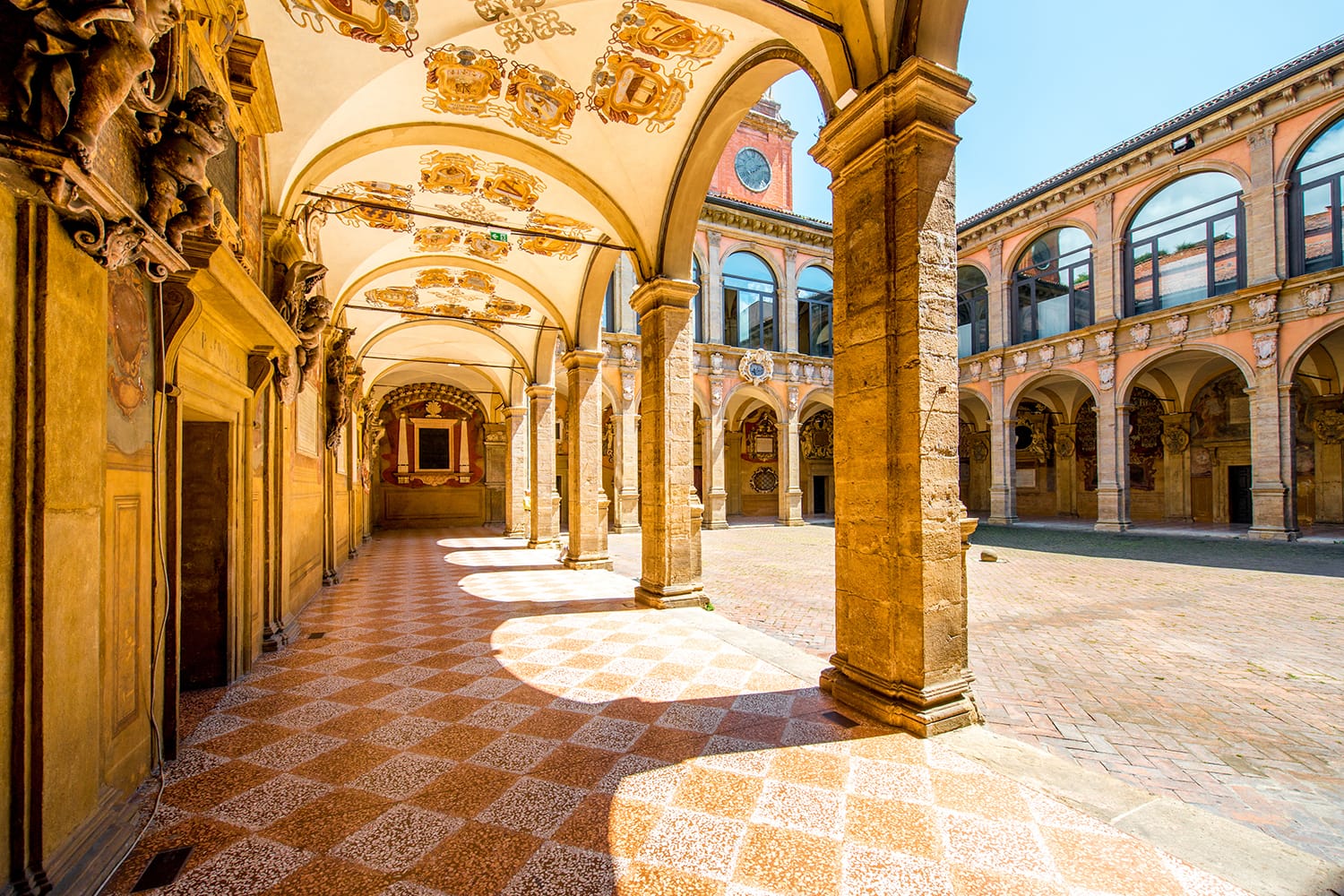
On a tour of the building, you can see historic former classrooms, the Archiginnasio Municipal Library, and the Anatomical Theatre. The Anatomical Theatre is particularly striking with its amphitheater shape, wood paneling, and countless statues and busts. Another spectacular feature of the Archiginnasio is its collection of heraldry, including coats of arms around its corridors and courtyards and the paintings covering its inner rooms.
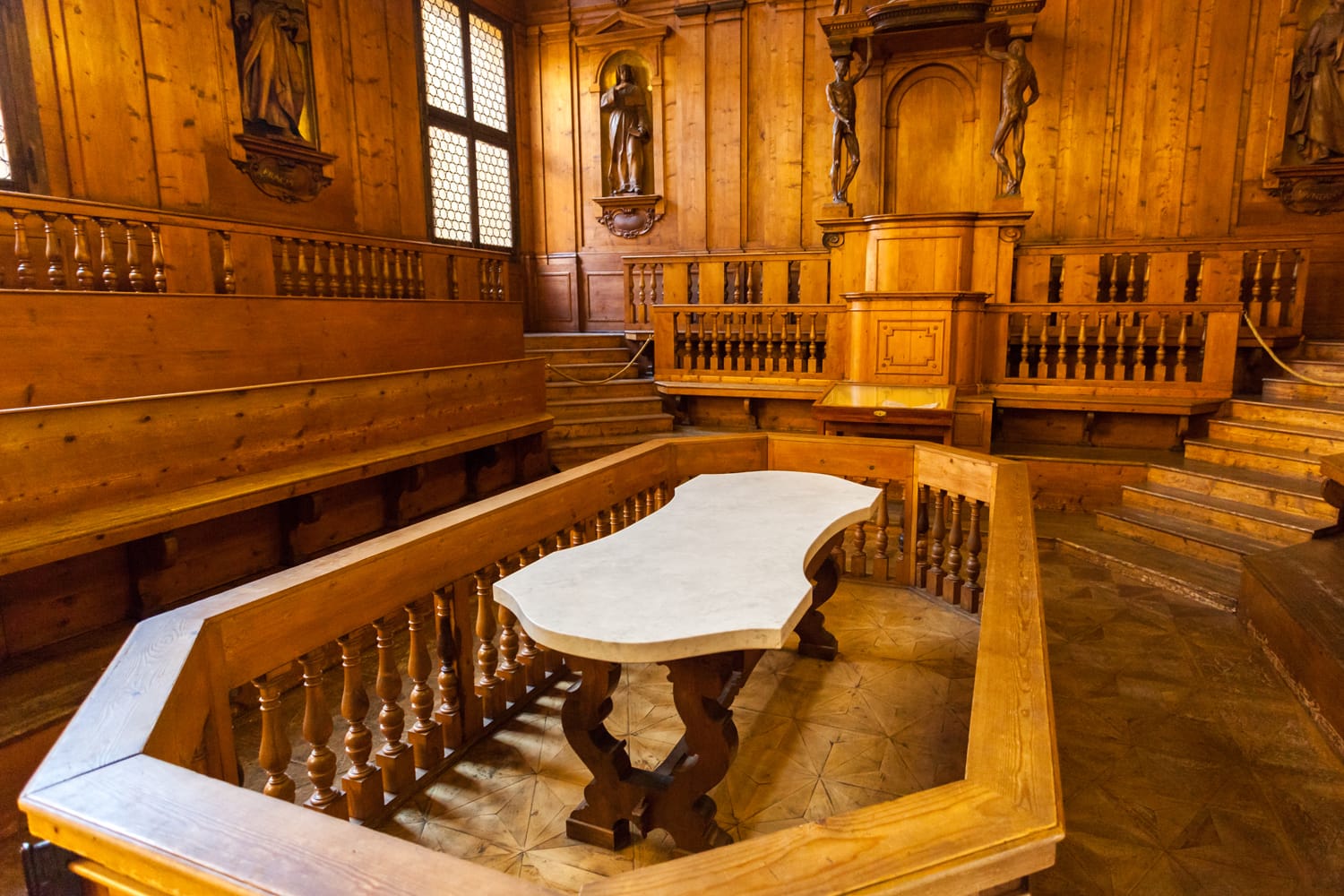
Bologna Itinerary: Day 2
For your second day, it’s time to see the city’s best museums, along with some areas outside the city center to get a feel for the rest of Bologna.
Park of Montagnola
You won’t find many open or green spaces in Bologna’s dense historic center. For that, you need to head to the northern end of the city and visit the Park of Montagnola. Napoleon Bonaparte had this park constructed in 1805 over the ruins of Castello di Galliera, some of which you can still see today.
The park is best known for the Scalinata del Pincio. This graceful staircase is a favorite photo spot for tourists. Between the grand stairways sits a fountain with sculptures of a nymph and a seahorse.
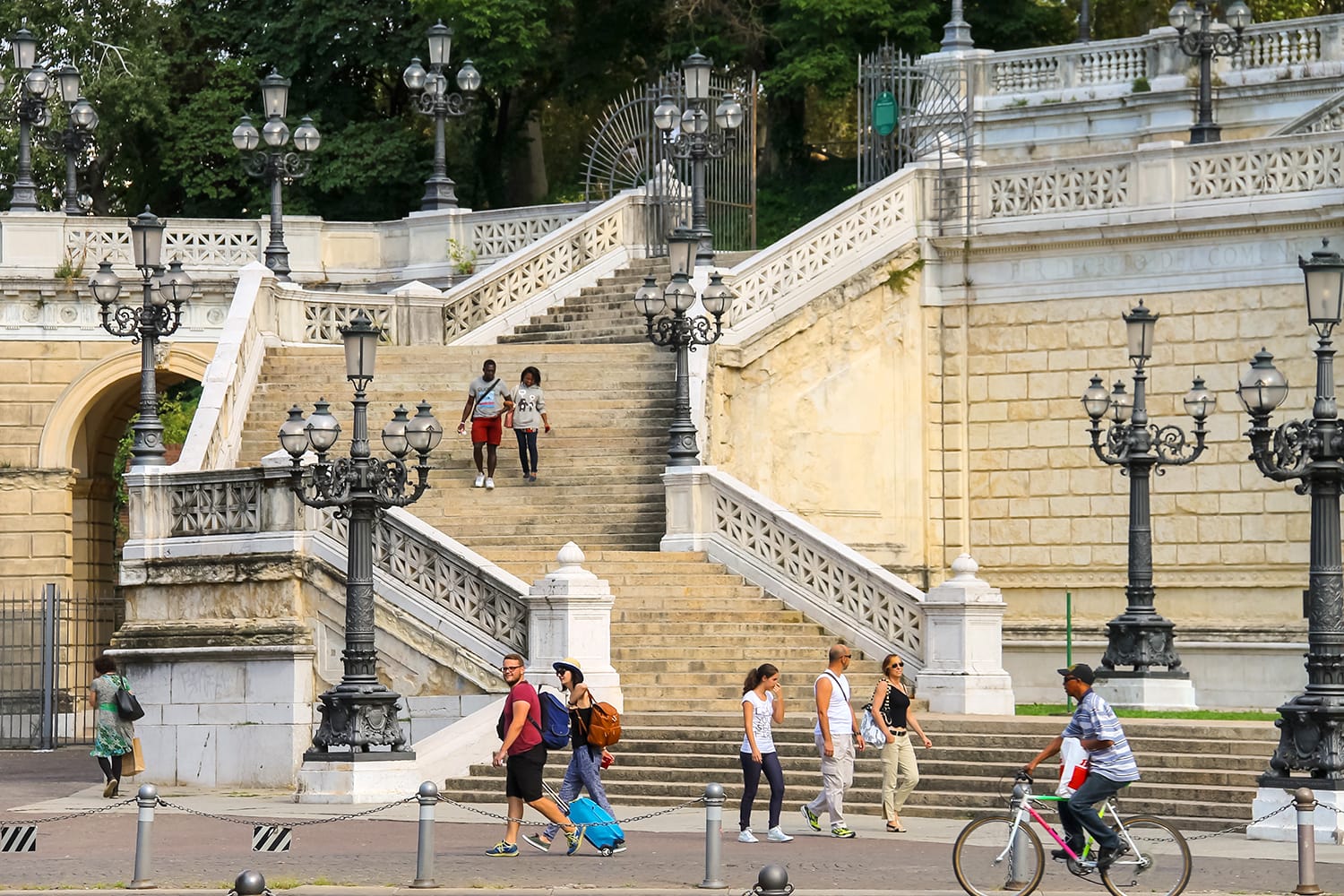
Bologna Cathedral
To fit one last church into your visit, visit the Metropolitan Cathedral of St. Peter, best known simply as Bologna Cathedral. Its current form was unveiled after a fire in 1184, but there may well have been a church here before that, making the worship site even older. While it may not seem overly impressive from the street, it has a glorious interior of marble and frescoes. After admiring the inside, treat yourself to the stellar views from its bell tower.
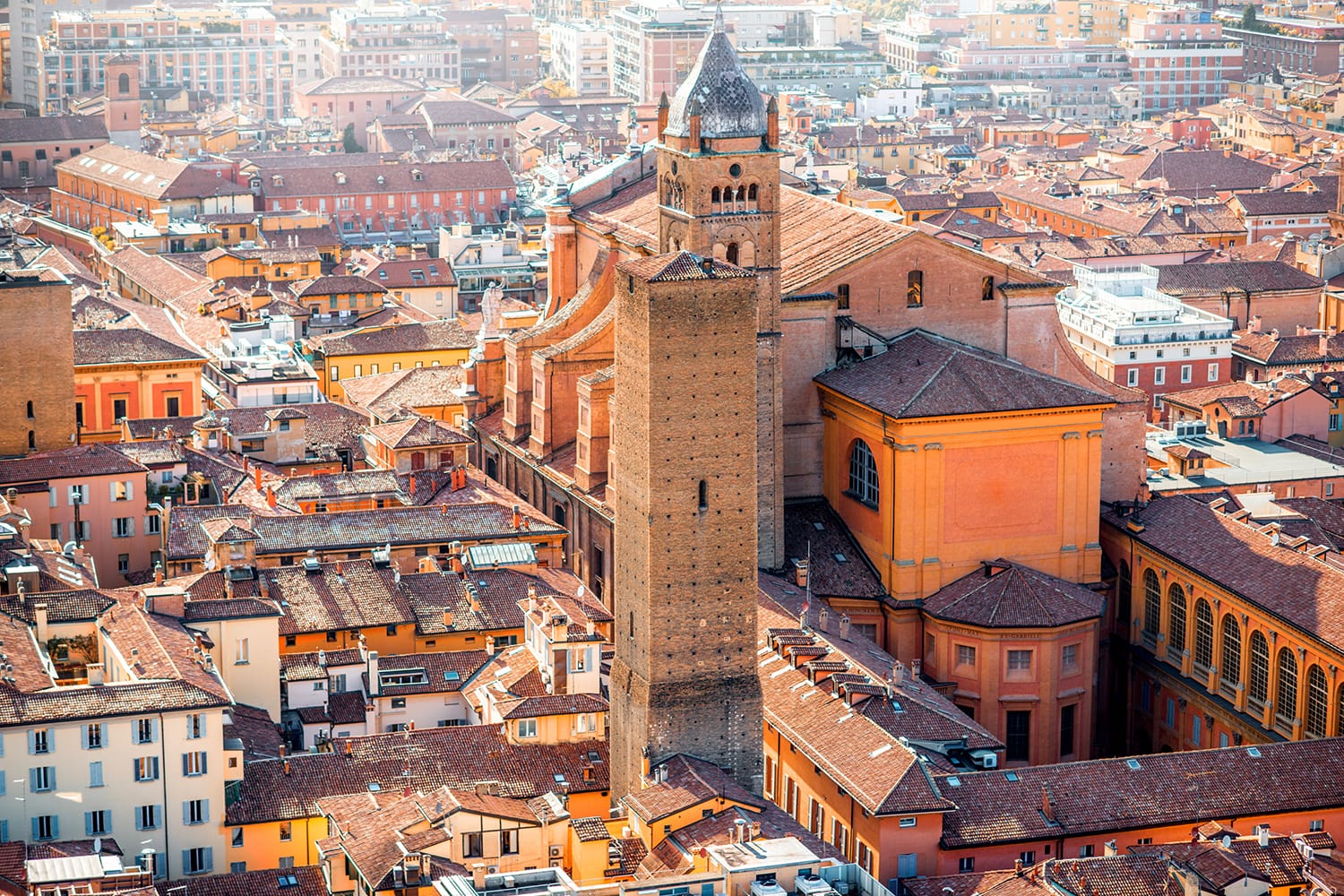
Archaeological Museum
With so much history in Bologna, it’s no surprise that it has a world-class museum – the Archaeological Civic Museum of Bologna near Piazza Maggiore. The museum is inside a 15th-century palace, capturing your attention from the start. The exhibits focus strongly on the ancient world, with informative displays on ancient Egypt, Greece, Rome, and the Etruscans of Italy. This includes some local history, with exhibits documenting Roman life in Bononia (as Bologna was known then).
Medieval Civic Museum
Going from one museum to another, visit the Medieval Civic Museum of Bologna to gain a better understanding of this magical place. This museum is inside the Renaissance-style Palazzo Ghisilardi Fava, so you’ll want to come for the incredible frescoes alone. The exhibits take you through the highs and lows Bologna experienced during the Middle Ages, showing you suits of armor, statues, and documents from that period. You’ll learn more about jousting, the city’s acclaimed university, and many other historical topics in this fascinating museum.
Food Tour
Many visitors come to Bologna more for the food than for the sights. The city is particularly famous for its spaghetti ragu (or spaghetti Bolognese) and mortadella, better known as Bologna sausage or baloney. Then there are all the pastries, cheeses, wines, and other staples that make the Bologna food scene so interesting. While you could attempt to explore this side of the city on your own, it’s best done with a guided food tour by someone who knows the city and its cuisine.

Museum of Modern Art
Better known as MAMbo, the vast Museum of Modern Art of Bologna is a relatively new arrival, having opened in 2007. Its permanent exhibitions look at the evolution of Italian art from World War II to modern day. The exhibits are divided by artistic theme but sometimes include dedicated displays for Italian or overseas artists. The museum has also hosted the Museo Morandi, which features a collection of works by painter Giorgio Morandi.
Sanctuary of the Madonna of San Luca
Well out of the city center, on a hill overlooking Bologna, you’ll find the Sanctuary of the Madonna of San Luca. While you can see the church from the city center, a visit to the sanctuary offers much more than just a closer look at the church.
For starters, there’s the covered arcade of 666 arches, which begins at the Arco del Meloncello and takes you 3.8 kilometers up to the sanctuary on top of the hill. Then there’s the incomparable views of Bologna and its cityscape below. All of this makes the sanctuary a perfect way to round out your time in Bologna.
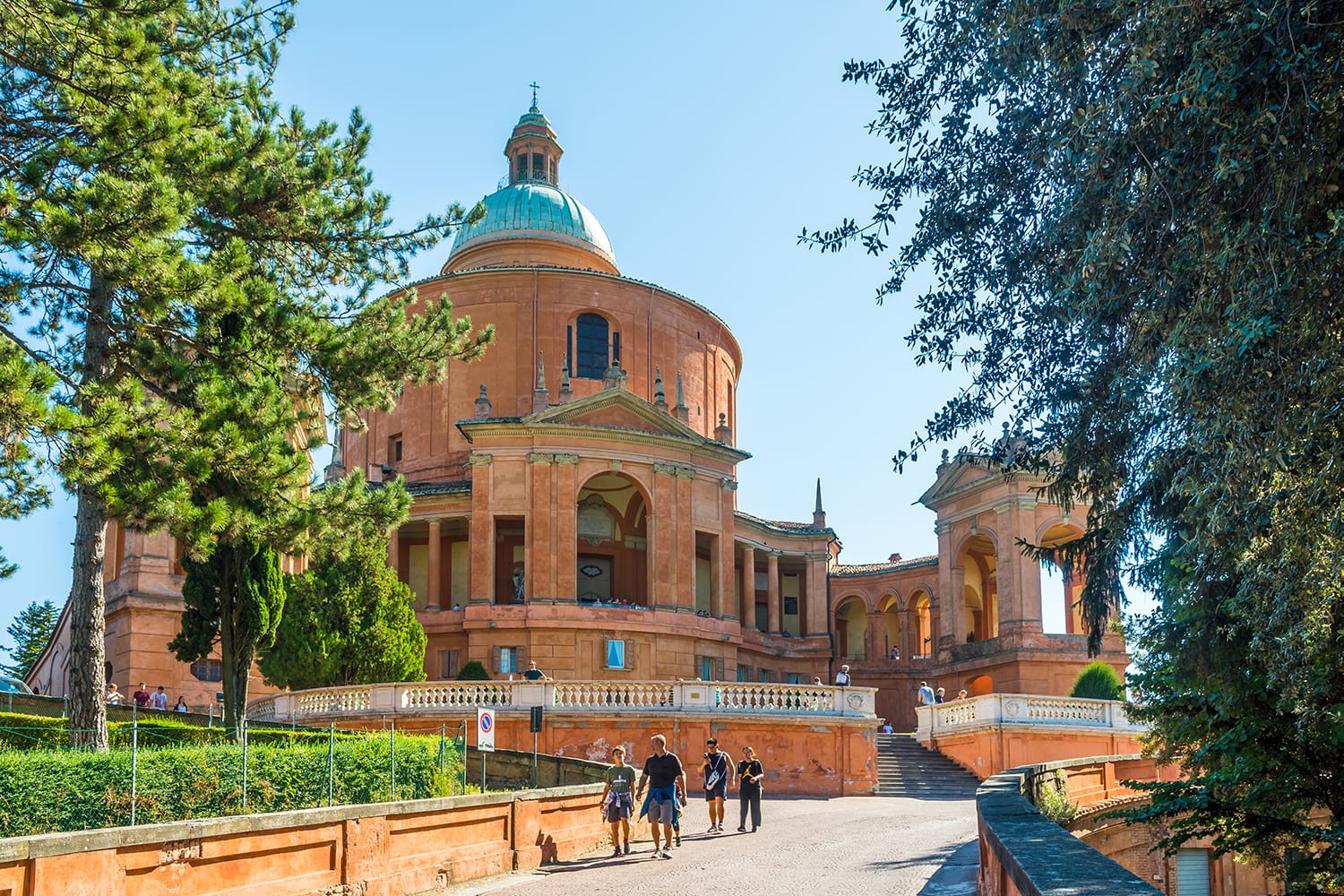
It’s a whirlwind to see Bologna in two days, but if you follow this guide, you’ll leave with a decent taste of all the city has to offer. You’ll probably also want to plan your next visit as soon as you get home!
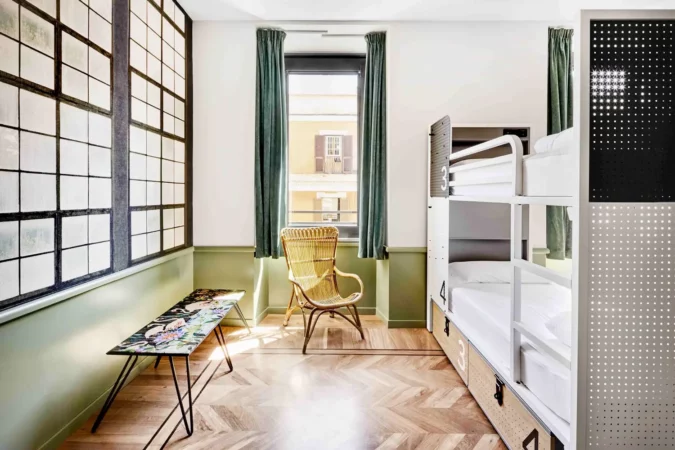
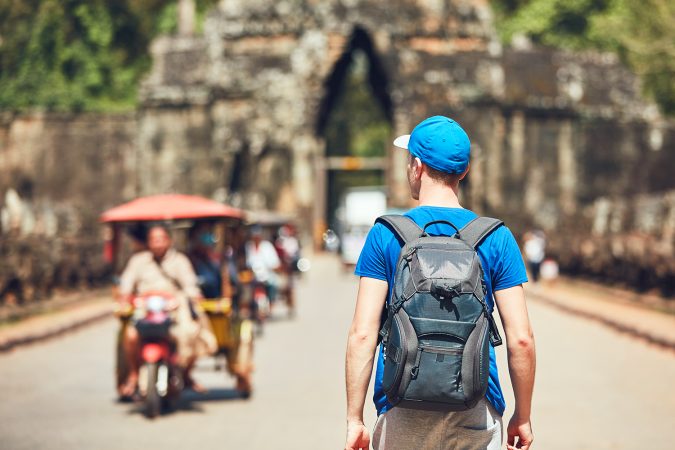
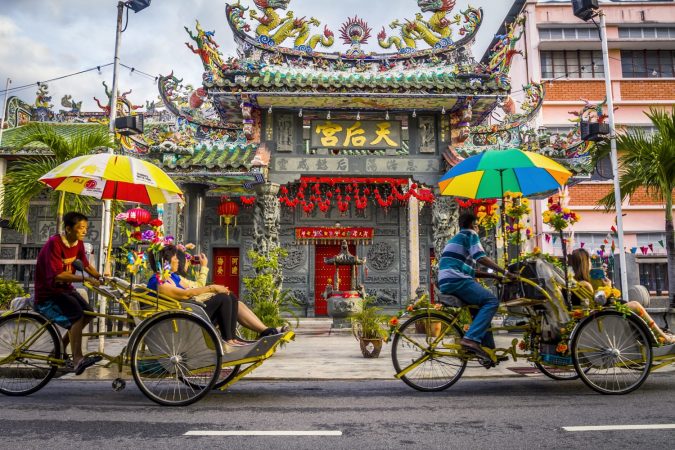
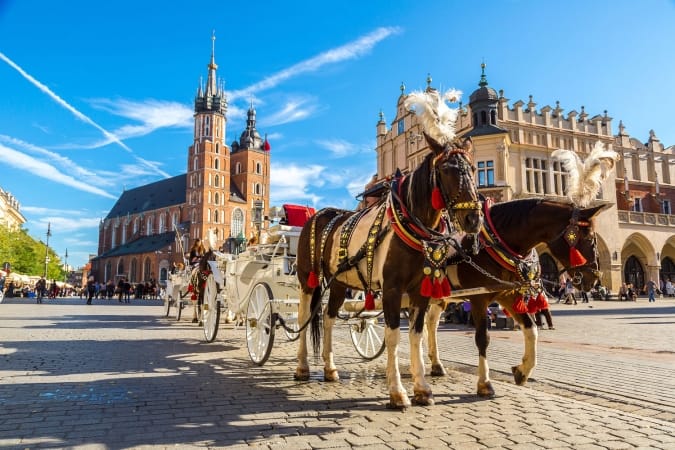
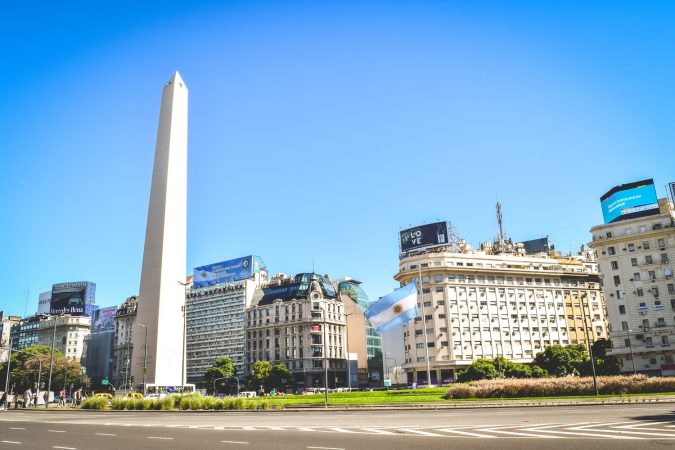
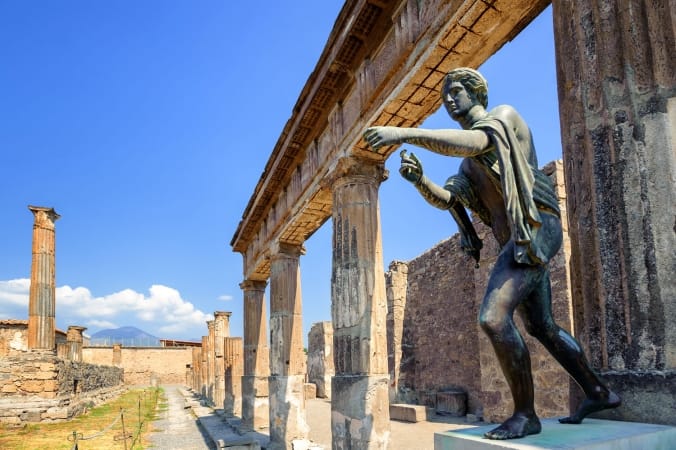
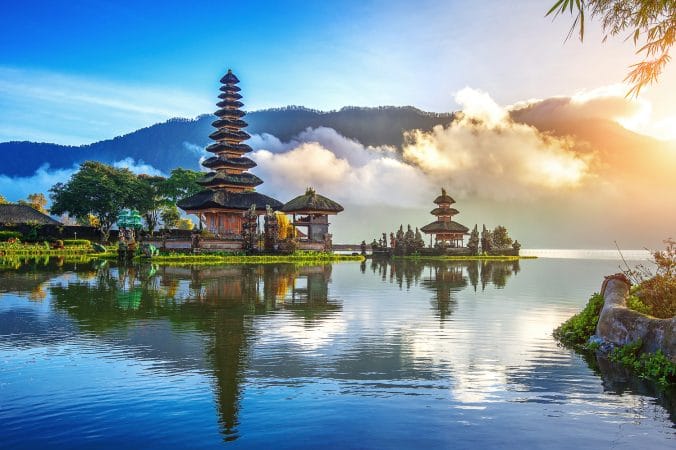
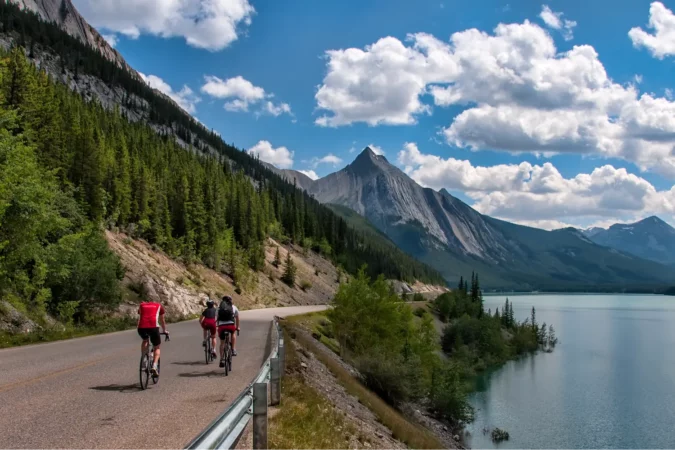
Stoirin
I agree! Another fun thing is being here as students graduate ( it’s Kate March now). When a student completes his or her oral exams, it’s customary for them to wear a veribboned wreath of kaurel leaves on their head. Today, there were quite a dew in Piazza Maggiore and surrounding outdoor bars and trattoria-, we cried called “tanti auguri!” to them, as we passed and sent over a drink to one young lady to help her celebrate as she sat diwn with her family because…why not?!
Massimo
I, who live in Bologna, recommend guided tours of Lamboghini, Ferrari, Ducati, Maserati for those who love motors. There are day trips where you can visit all the museums. The price is a little high but seeing the history of the most beautiful cars and motorbikes in the world is priceless.